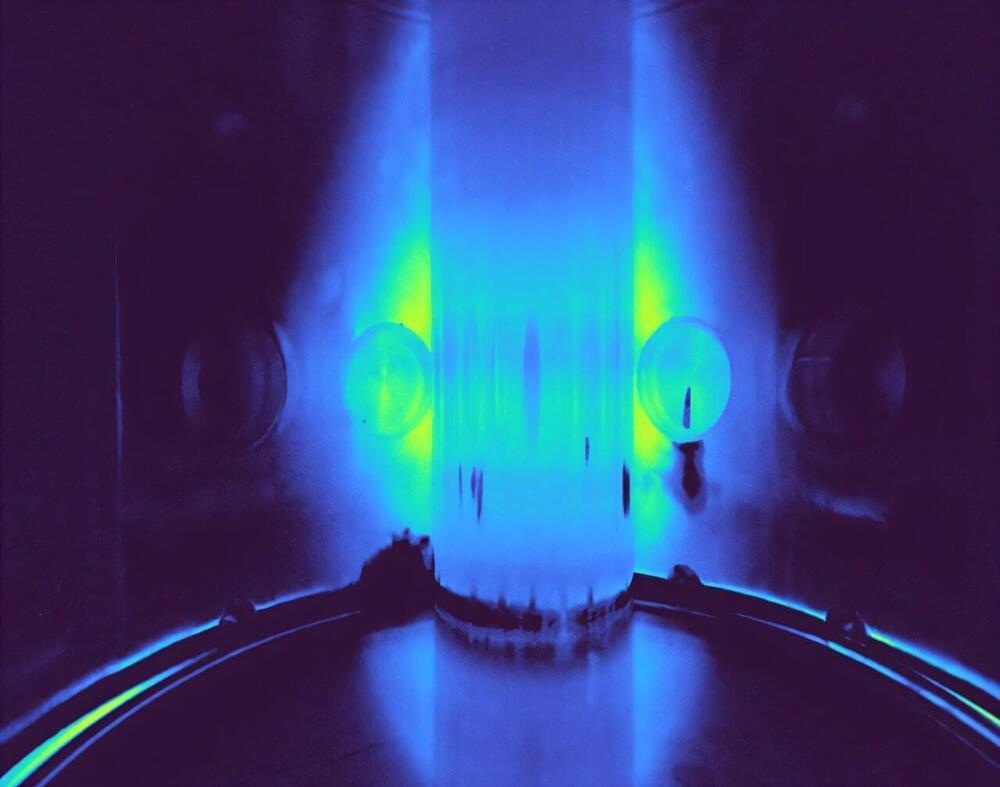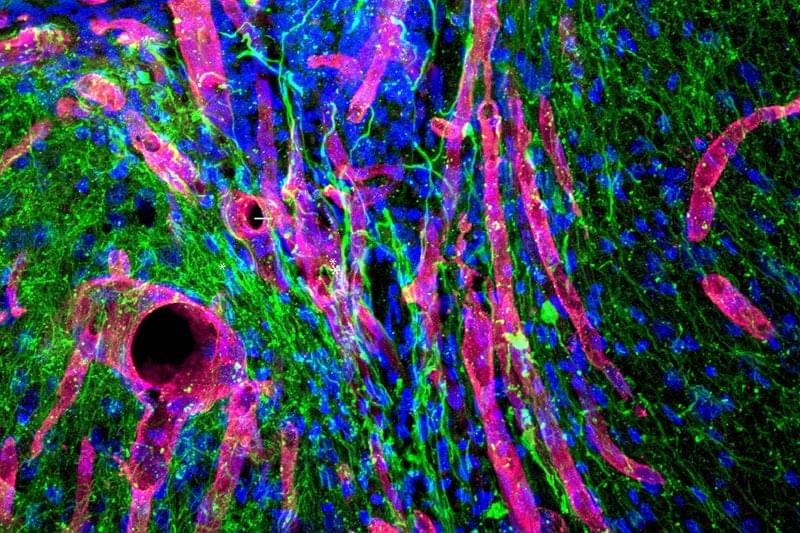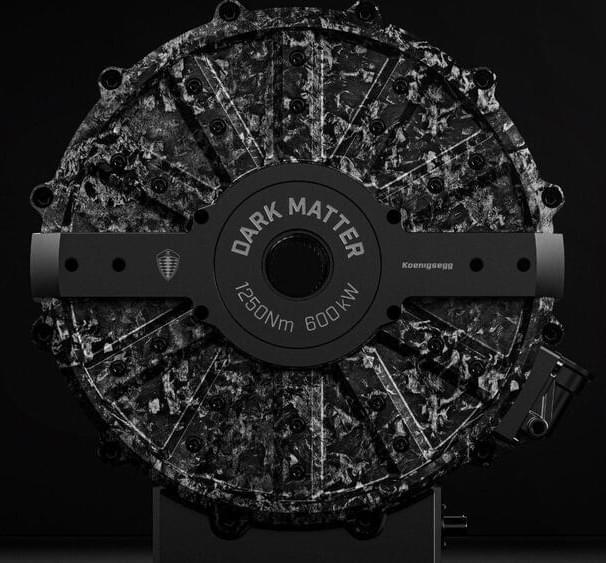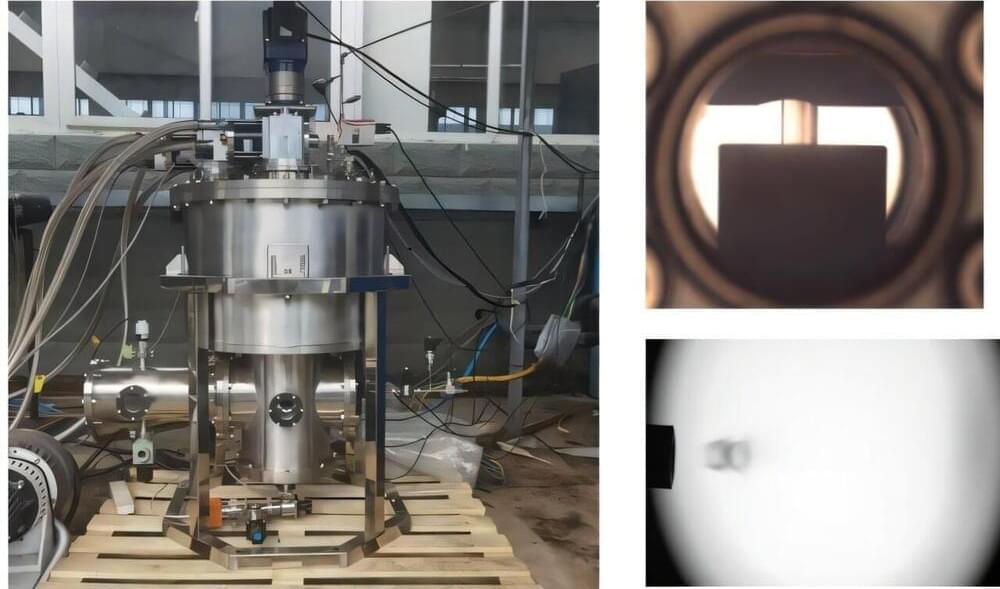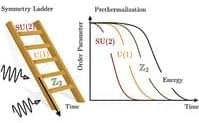In a pioneering approach to achieve fusion energy, the SMART device has successfully generated its first tokamak plasma. This step brings the international fusion community closer to achieving sustainable, clean, and virtually limitless energy through controlled fusion reactions.
The work is published in the journal Nuclear Fusion.
The SMART tokamak, a state-of-the-art experimental fusion device designed, constructed and operated by the Plasma Science and Fusion Technology Laboratory of the University of Seville, is a unique spherical tokamak due to its flexible shaping capabilities. SMART has been designed to demonstrate the unique physics and engineering properties of Negative Triangularity shaped plasmas towards compact fusion power plants based on Spherical Tokamaks.
